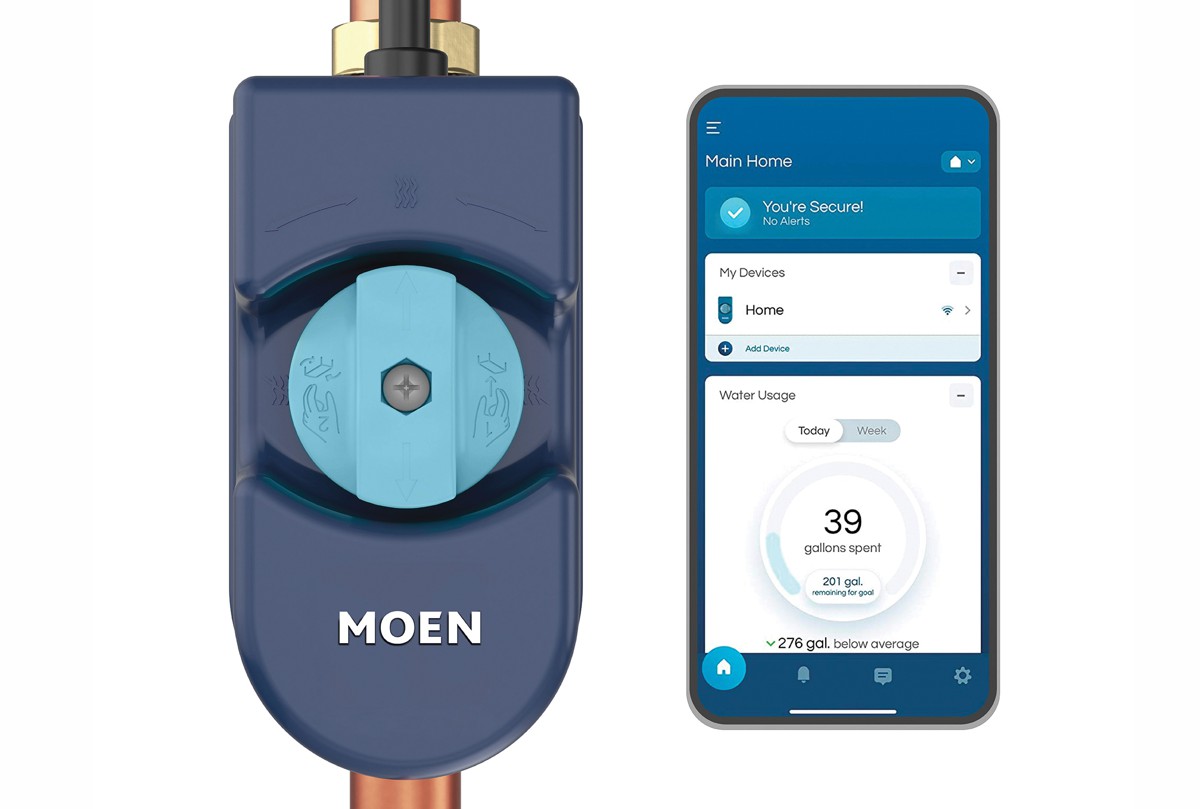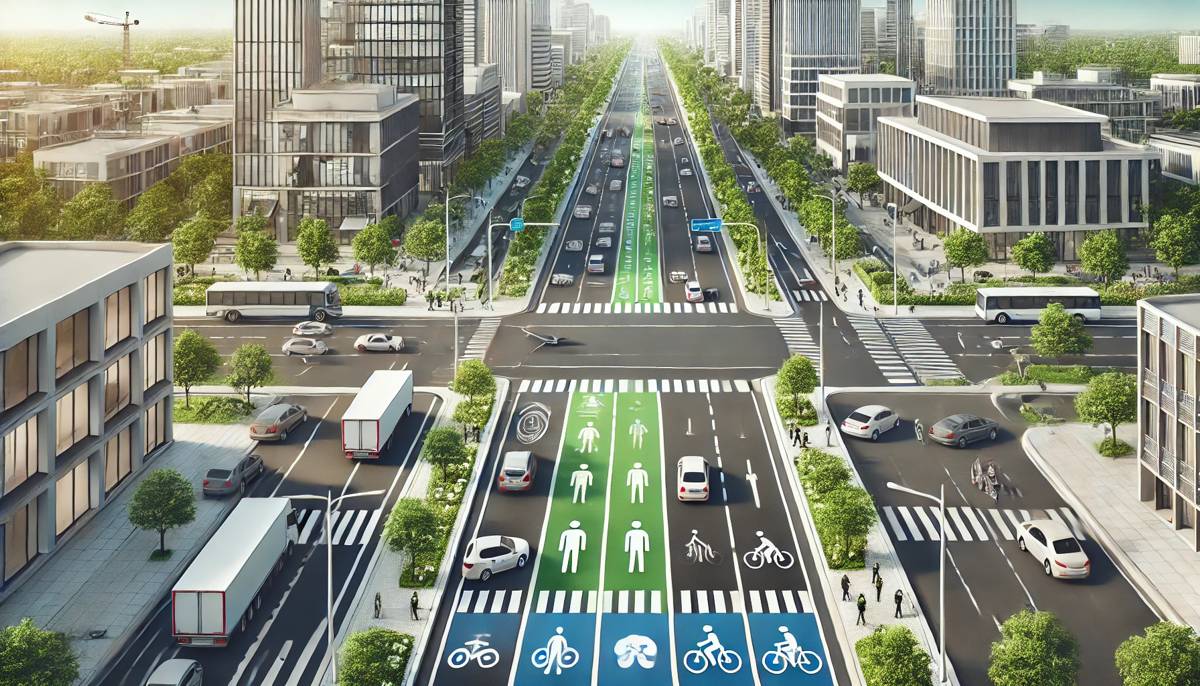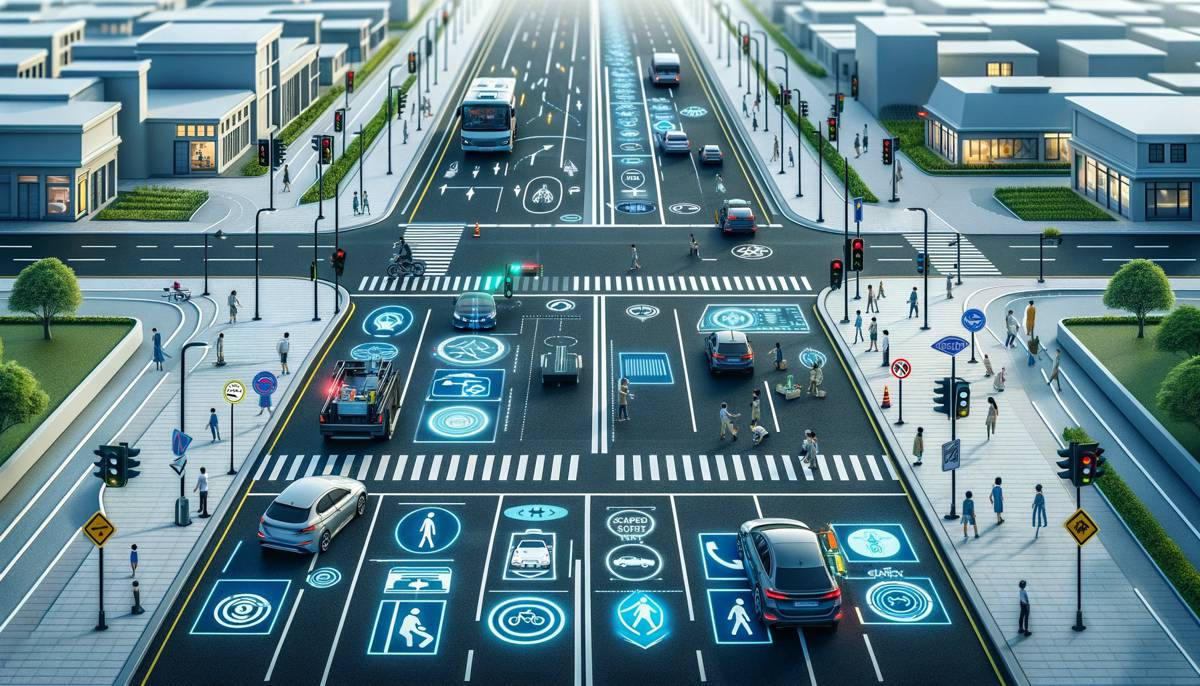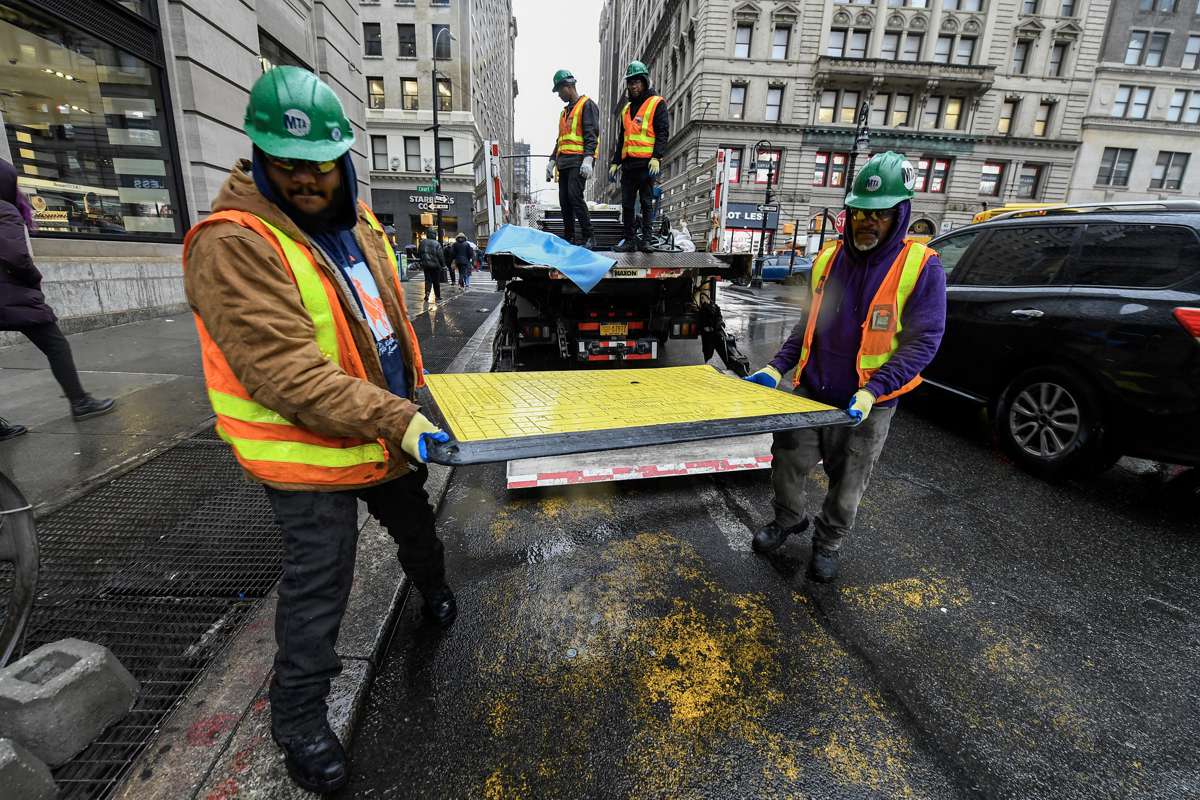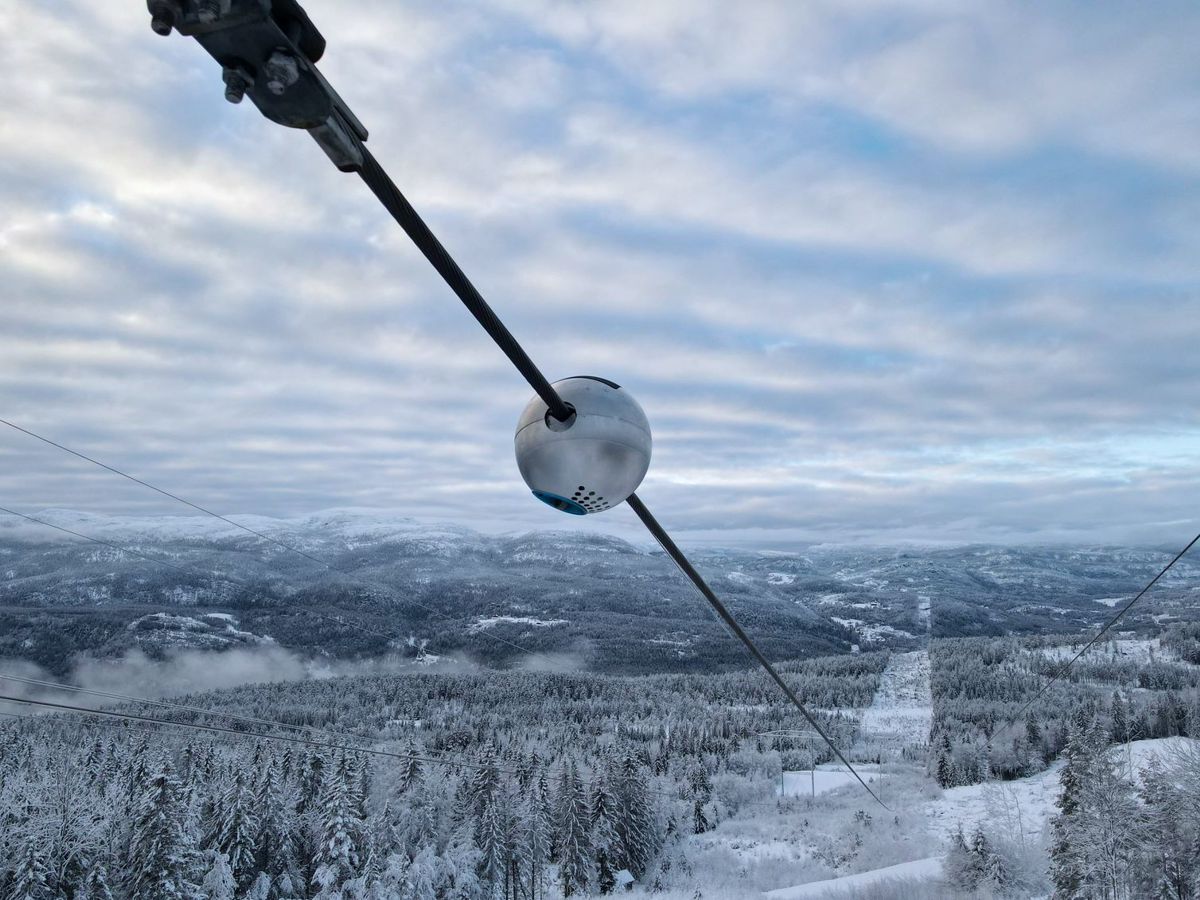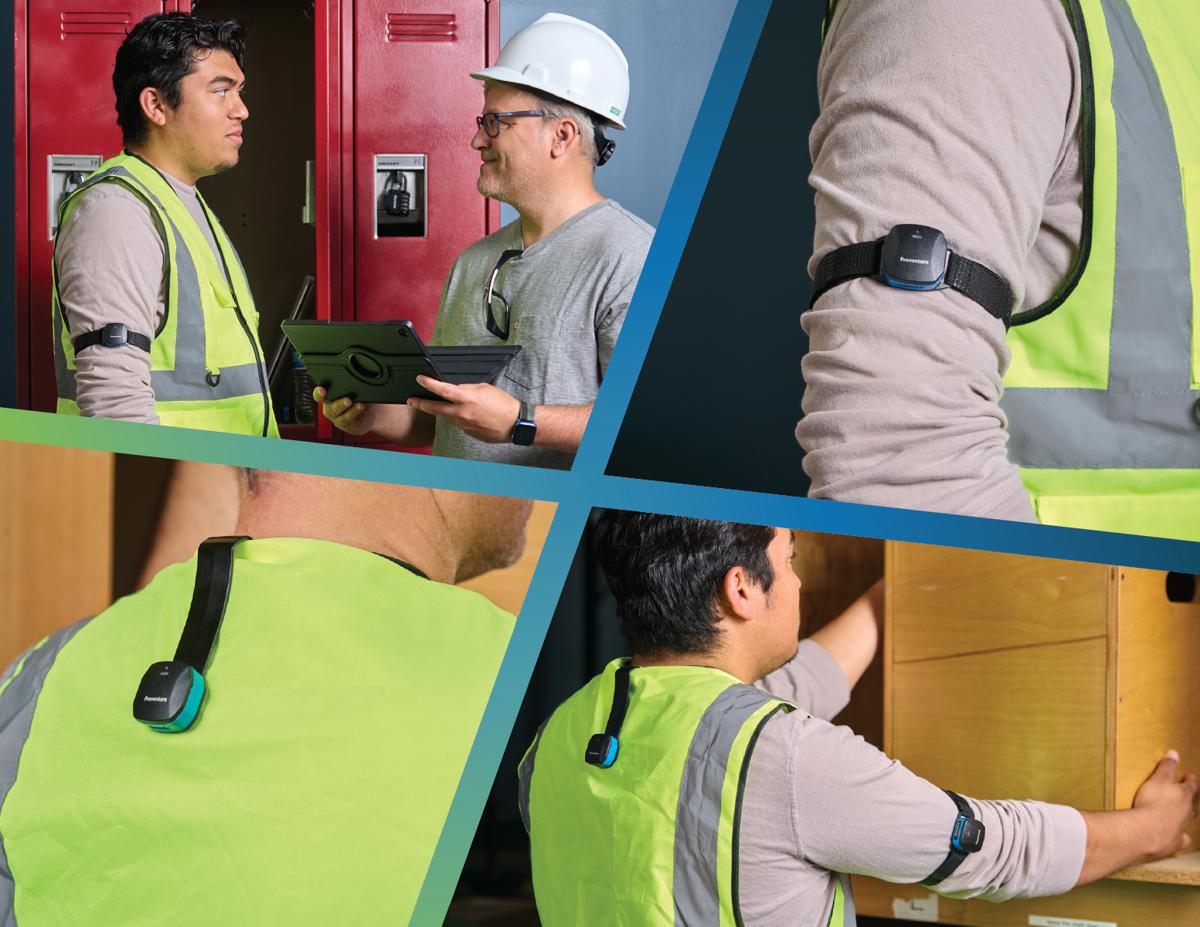3 steps to better construction safety
Modern machines have more safety features than ever before – so why do accidents still happen? Brian O’Sullivan considers the relationship between work site traffic, people and machines.
It has been estimated that 60% of all fatalities on sites can be attributed to choices made before work begins. When investigated, the root cause of many of these tragedies is traced back to the misalignment between site materials, equipment, and processes. So, what can be done to kill deaths on construction sites worldwide? The answer is a coordinated approach to safety that involves good site layout and rules, well trained site personnel and properly maintained and operated construction equipment. This can be implemented through a simple 3-step plan.
When coordinating a site from a safety perspective you should ask the following:
- What could go wrong?
- How bad could it be?
- How likely is it to happen?
- What do we need to do about it?
Once you’ve done your risk analysis, there are three stages to delivering safer sites:
1. Traffic management
The foundation of creating safer sites is effectively coordinating the movement of people, materials and machinery. After thousands of construction site inspections last year, the UK’s Building Safety Group reported a 74% rise in traffic management breaches – an increase they claimed was behind the majority of construction-related accidents.
A large part of making this traffic flow safer is establishing a management plan that gives the safest passage between places where vehicles and people operate. It is a good idea to avoid sharp or blind bends and to set sensible speed limits. Obstructions should be protected, and safety banks may be needed to prevent machines running over open edges. The quality of site roads should be suitable for the vehicles using them, firm, even, properly drained and avoiding steep slopes. Reversing should be minimized and tightly controlled. Not always easy or practical, but this should be the goal.
2. People management
It’s obvious that all staff on site – regardless of how long they are going to be there – should be highly visible, wear personal protective equipment and be made aware of the dangers present. The young and/or inexperienced are most at risk – workers in their first year of employment account for almost two thirds of all construction accidents – and no short cuts should be made on site safety education. A ‘no blame/no fault’ culture should also be encouraged, where no one feels the need to hush up minor accidents or ‘near misses’, and everyone feels able to contribute ideas on how to improve safety.
Construction does involve risks, but any job undertaken carelessly can be made dangerous, and likewise any dangerous job can be made safer if everyone concerned devotes the proper time and thought.
3. Machine management
Safety is no longer an optional extra when it comes to construction equipment design. Many accidents involving machines are ‘slip and trip’ incidents – so the simple solution is to provide an entry/exit system that allows good foot and handholds, effective step treads and entry that is wide and not too steep. Also, if you can keep the technician on the ground rather than climbing all over the machine when servicing you reduce the risk of a fall. Placing service points that are accessible from the ground is simple and effective.
Providing safe design involves a package of features. ROPS/FOPS cab protection, seat belts, good lighting, minimal blind spots, and reduced vibration (and noise) all play their part. But so too does a clear view of the work area and comfortable working conditions.
Technology is already playing an important part in keeping worksites safe – and this is destined to increase significantly. Reversing alarms and cameras have been around a while, and the next generation are systems like Volvo Smart View – a series of cameras fitted to several Volvo machines that give the operator a virtual bird’s eye view around the machine, displayed on the company’s HMI award-winning Co-Pilot in-cab console.
This is just the start – the industry is now working on proximity systems that identify people or obstructions in the path of the machine and take corrective action, thereby helping to prevent collisions. And just like in the automotive sector, research into semi or completely autonomous construction equipment is advancing at a rapid rate. Is the answer to safer sites not to have operators in the cab at all? This is a question that will need to be answered in the years to come.
Securing the safety chain
Just as there is a chain of events leading up to an accident, there is a chain of safety actions that can help prevent it. A safe machine in a safe environment provides the best overall solution.





